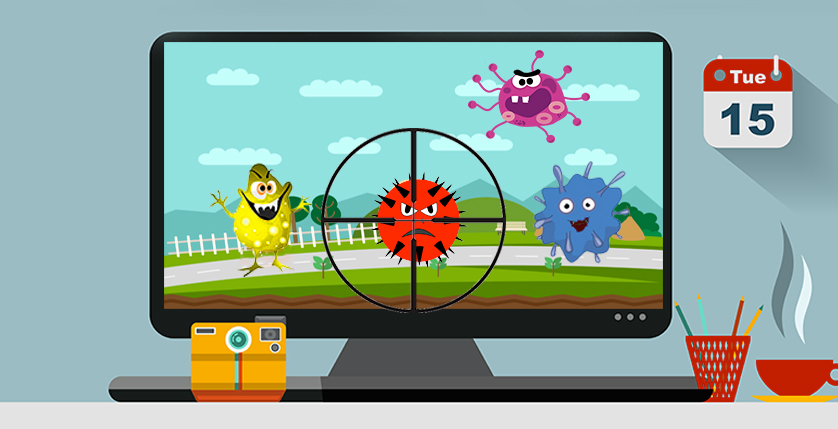The main objective of game testing is to detect bugs in order to reduce their number before releasing the product. Bugs are unexpected results of code operation in the tested game version.
Bugs may vary from defects that prevent players from moving through the plot to less significant bugs such as text placement out of the field.
They are categorized by severity to facilitate the developers' work. Ranging bug types in games helps them understand which bugs to fix in the first place.
Depending on how the system is affected, there are these bugs:
S1 Blocker
Blocker bugs render a game inoperable and as a result, the following work with the tested functionality is impossible.
The problem resolution is required for the following game functioning.
S2 Critical
A critical defect affects a major functionality and the key game logic doesn't work. For example, there is a security hole, a problem that leads to the temporary server failure or the workless state in some part of the functionality without any possibilities to solve it by using other entry points.
Resolving these issues is required for the following work with the essential functions of a tested game.
S3 Major
In a major problem, the part of the main logic doesn't function properly. The bug isn't crucial or there is a possible way to work with the tested function using other entry points.
S4 Minor
A minor bug that doesn't violate the logic of the tested game. It is usually the user interface problem.
S5 Trivial
A trivial problem doesn't relate to the game logic. Instead, it is a poorly reproduced defect, insignificant due to the user interface, a third-party service problem or a bug that doesn't impact the general quality of the product.
Besides severity, bugs are categorized by:
- visual – screen tearing, absence of textures, clipping;
- audio – sound absence, sound distortion, excessively high/low volume;
- level design – invisible wall, geometry absence (the texture is present, but the 3D model isn't, that allows passing through the door);
- artificial intelligence – the player isn't able to move correctly during the game, doesn't move at all, dies too much or isn't able to open the door;
- physics – objects fly in the air when they shouldn't; they are unbreakable or unstoppable after being shoved; it is impossible to put objects together;
- stability – freezes, crashes (black screen) Crash to Desktop (DC), the level is impossible to load, the game doesn't respond;
- performance – the lowest FPS rate (animation issues); levels load for too long;no possibilities to run the game with minimum requirements; game installation takes a long time; game operation stops too often because of data uploading;
- networking – connection problems, failure to join an invitation, lagging, invisible players, counting points problems.
Examples of some real bugs in games found by our testers:
before ... – the exact time of the bug display
Audio Drop – https://youtu.be/HS9Tx7PjWlw?t=3m17s before 3,40
Distortion – https://youtu.be/mA-vJWW9WaQ?t=2m21s before 2,35
Dynamic Behavior в Half Life scene – https://youtu.be/MQt1jtDBNK4?t=26s before 0,34
Freeze in League of Legends (Riot) – https://www.youtube.com/watch?v=trs__lGo9sM
Crash in GTA (Rockstar Games) – https://www.youtube.com/watch?v=6OVfuaV8aH8
Frame Rate issue in Darksouls – https://www.youtube.com/watch?v=Ha6K5KtW3W8 before 0,33
Minimum Requirements Machine bug in The Witcher – https://youtu.be/QLjxhB0-s2A?t=29s 0,36
Dropped Connection in Battlefield 1 – https://www.youtube.com/watch?v=mmxLNnrAVJg (without sound)
Lag issue in WoW – https://youtu.be/VT0EhB7j7Bc?t=1m12s before 1,24



